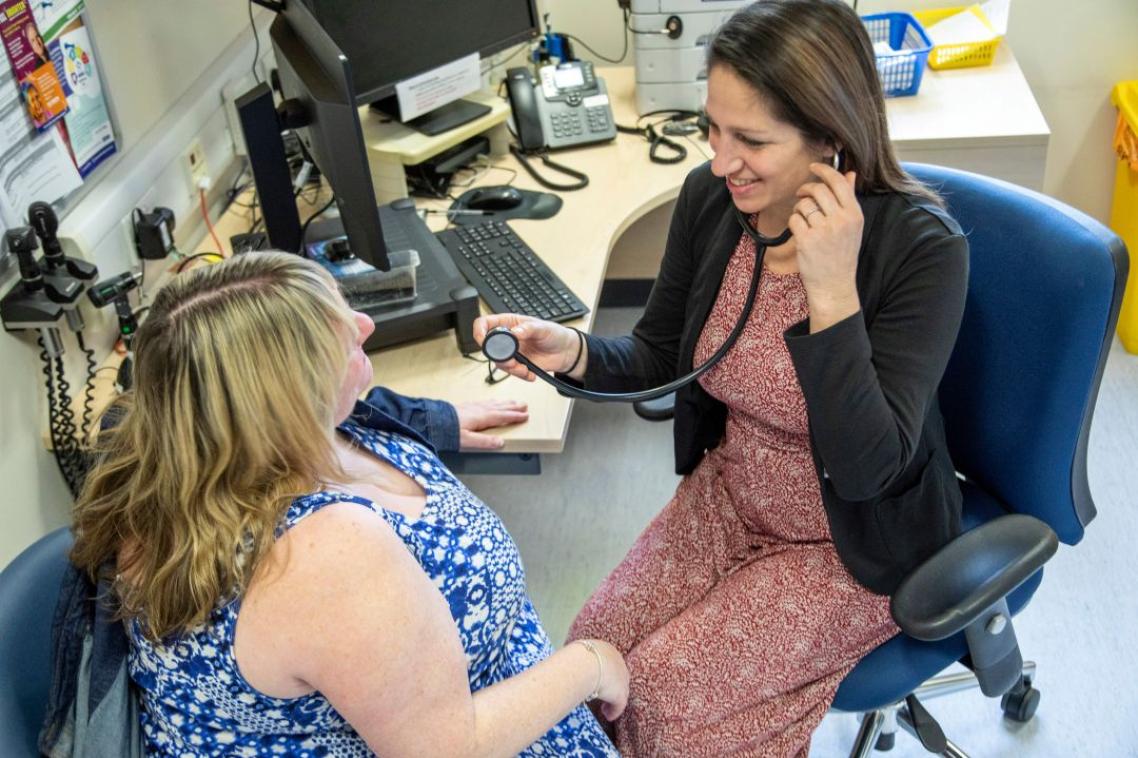How melanoma outcomes are shaped by where you live

(Photo credit: Lightfield Studios/Adobe Stock. )
People living in areas of lower socio-economic advantage are significantly more likely to be diagnosed with a more advanced stage melanoma than those in more affluent areas, University of Queensland researchers have found.
The role of socio-economic status and residential location was examined in a study of 700 Queenslanders with primary melanoma tumours.
Study lead, PhD candidate Danielle Gavanescu, from UQ’s Frazer Institute, said there was a critical need to identify and prioritise patients at increased risk.
“This is the first study which highlights a disparity in early melanoma detection across socio-economic groups in Australia, and a significant equity issue with the status quo,’’ Ms Gavanescu said.
“Improving early detection is a key priority for public health as skin cancer is largely treatable when diagnosed early due to advances in treatments.
“As it can be unclear who should be having regular skin checks, it’s important to pinpoint which population groups are at highest risk.
“Our findings could help shape targeted screening initiatives or be used to inform awareness campaigns and public health messaging around skin cancer.”
In October 2024, the Federal Government announced the allocation of $10 million for the development of a Roadmap for a National Targeted Skin Cancer Screening Program, an evidence-based program targeting those at highest risk of developing skin cancer.
Australia has the highest global incidence of cutaneous melanoma – the most common form of melanoma – while Queensland is considered the ‘skin cancer capital of the world’, with rates 40 per cent higher than the national average.
Early detection of primary melanoma, particularly at pre-invasive stages, is associated with improved prognosis and survival.
Ms Gavanescu said there was a significantly higher proportion of high-risk tumours diagnosed in the lower socio-economic group of the study cohort.
“While advancements have been made in melanoma treatment and survival, these findings highlight a disparity which occurs at diagnosis,’’ Ms Gavanescu said.
“Our findings suggest that it’s not just about rurality or distance to tertiary hospitals or care, but there may be more complexity around the issue.”
Patients in the study were assigned a score to determine socio-economic status (SES) based on the Australian Bureau of Statistics Index of Relative Socio-economic Advantage and Disadvantage (IRSAD).
The index considers area-level factors including highest level of education attained, employment status and classification, and access to resources such as Wi-Fi and a vehicle.
Ms Gavanescu said patients in lower socio-economic status brackets may be less likely to recognise or act on cancer symptoms, accurately estimate cancer risk, or attend important healthcare appointments due to various individual or systemic limitations.
“Right now, the system largely relies on people to organise their own skin checks, so it’s important to understand who is stepping forward and isn’t,” she said.
“It’s essential that we are aware of disparities between population groups, so that we can ensure future health services are developed and delivered equitably.’’
The research is published in Cancer Epidemiology, Biomarkers & Prevention.
Collaboration and acknowledgements
The Frazer Institute is located at the Translational Research Institute.Topics
Related articles

Nature versus nurture question addressed in landmark study

A better way to assess cardiovascular health
Media contact
UQ Communications
communications@uq.edu.au
+61 429 056 139
